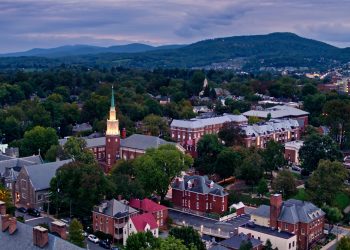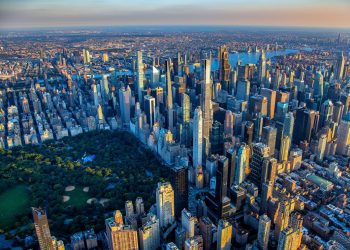RISMEDIA, August 21,2010—U.S. Housing and Urban Development (HUD) Secretary Shaun Donovan has announced a major Recovery Act milestone: 100 affordable housing developments, including 8,112 homes, around the country have been awarded more than $100 million to complete energy efficient renovations with Recovery Act funds.
These renovations will not only generate many necessary upgrades to thousands of affordable apartments, but they will also create jobs and save money for thousands of residents. A complete list of Recovery Act Green Retrofit Program awards being issued today can be viewed in full here.
The awards are part of HUD’s Green Retrofit Program for Multifamily Housing, created for the first time through the Recovery Act. The Green Retrofit Program is providing $250 million nationally to reduce energy costs, cut water consumption, and improve indoor air quality. The awards announced today represent the first 100 grants and loans awarded through the program. The remaining awards will be made on a rolling basis from now through September 30, 2010.
The 100 awards announced today will create an average energy savings of $33,000 per property, or $3.3 million annually and, on average, tenants will save over $250 each on utility bills annually.
“I am proud to announce this significant Recovery Act milestone because it is an example of HUD’s ongoing commitment to creating jobs while also building sustainable homes and communities,” said Secretary Donovan. “The Green Retrofit Program is just one example of how the Recovery Act is making a long-term impact on American families and communities by reducing energy costs, creating quality green jobs and improving the quality of life for people across the country.”
The Green Retrofit Program is designed to create thousands of green jobs as workers retrofit older federally assisted multi-family apartment developments with the next generation of energy efficient technologies. Grants and loans provided through this program help private landlords and property management companies to cut heating and air conditioning costs such as by installing more efficient heating and cooling systems, and to reduce water use such as by replacing faucets and toilets. These Recovery Act funds also produce other environmental benefits by encouraging the use of recycled building materials, reflective roofing, and non-toxic products to reduce ‘off-gassing’ of potentially harmful fumes. Funds are awarded to owners of HUD-assisted housing projects and can be used for a wide range of retrofit activities, ranging from windows/doors to solar panels and geothermal installation.
The Recovery Act included $13.61 billion for projects and programs administered by HUD, nearly 75 percent of which was allocated to state and local recipients only eight days after President Obama signed the Act into law. The remaining 25 percent is being awarded through competitive grant programs, including the Green Retrofit Program. To date, over 99 percent of HUD’s Recovery Act funds are in the hands of local communities, being used to improve housing and neighborhoods, while creating jobs. HUD is committed to implementing Recovery Act investments swiftly and effectively as they generate tens of thousands of jobs, modernize homes to make them energy efficient, and help the families and communities hardest hit by the economic crisis.
In addition, Secretary Donovan and the Department are committed to providing the highest level of transparency possible as Recovery Act funds are administered. It is vitally important that the American people are fully aware of how their tax dollars are being spent and can hold their federal leaders accountable. Every dollar of Recovery Act funds HUD spends can be reviewed and tracked at HUD’s Recovery Act website. The full text of HUD’s funding notices and tracking of future performance of these grants is also available at HUD’s Recovery Act website.
More information about HUD and its programs is available on the Internet at www.hud.gov and espanol.hud.gov










